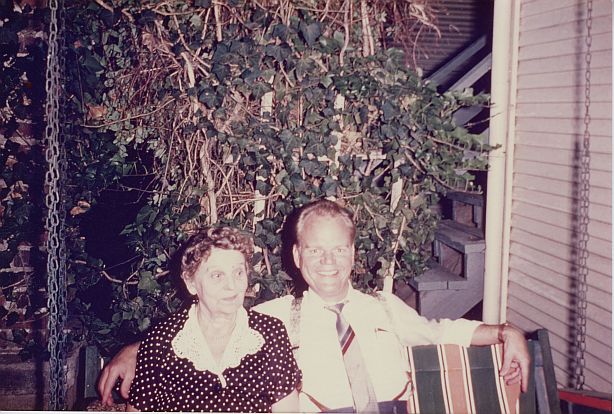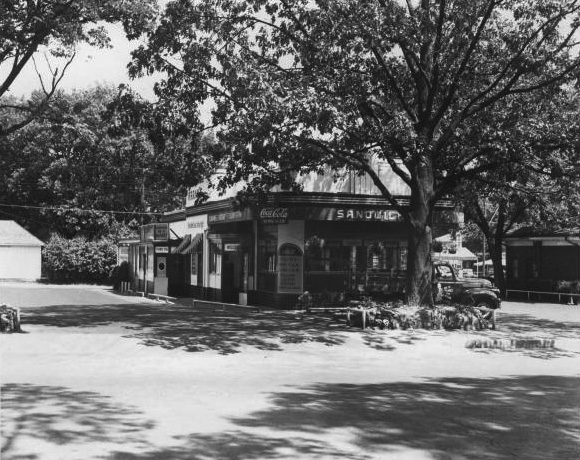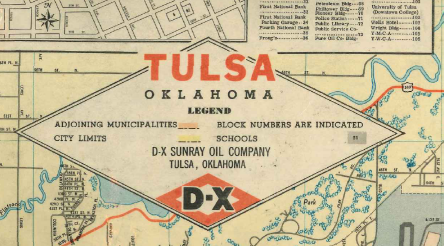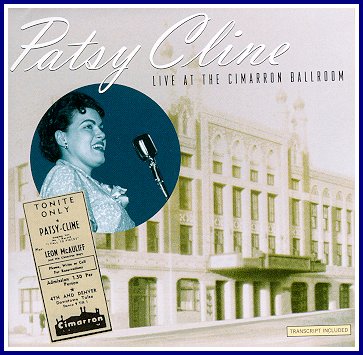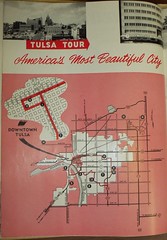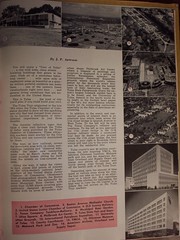Tulsa, Okla., is an outstanding example of the crusade for beautification
that is sweeping the country
Where Beauty Is Everybody's Business
Condensed from National Municipal Review
Daniel Longwell
AMERICA is on a beautification crusade.
The unsightly scars and utilitarian bleakness which in the past have blighted U. S. towns and cities in the wake of industrial expansion and the automobile are no longer accepted as the inevitable result of progress. Indeed, all across the land millions of dollars are being spent annually to make this country truly "America the Beautiful," and foremost among the movement's supporters is modern industry.
Since 1950 the volume of nursery and landscaping businesses has doubled -- to 750 million dollars annually. The biggest increase has been in industrial landscaping, which tripled in four years. But homeowners, too, are planting more than ever before. The sale of flower seeds and plants has increased at least 50 percent since 1950, and the demand for lawn seed has doubled. Garden clubs are growing: the National Council of State Garden Clubs now lists 385,000 members in 45 states, up ten percent last year alone. Intensive beautification projects are under way in many U. S. cities.
One of the cities working hardest at its beauty program is Tulsa, Okla., (pop. 185,000) which, although it is a growing industrial community, has already started calling itself "America's Most Beautiful City."
Located on the Arkansas River at the foot of the Osage hills, Tulsa enjoys a beautiful natural setting. It is a young city (Oklahoma as a state will be just 50 years old in November), and so has few run-down sections. Its light industries are fueled by gas, hence there is no smoke to darken its clear blue skies or begrime its modern buildings and tree-lined streets. Not only are the streets washed down every night but gutters are regularly scrubbed by hand.
Entering Tulsa from its attractively landscaped airport (maintained by the city park department), one cannot but be impressed with its clean skyline cutting the horizon in the distance. Soon you are driving past a city firehouse decorated with flowers and shrubs, or you may pass the drive-in addition to the Fourth National Bank. Its plantings are a sight to behold at any season, but in the spring especially, when thousands come to view the bank's tulips. In the residential section you drive past well kept lawns and gardens and catch a glimpse of the Municipal Rose Garden, which rosarians say is one of the best in the United States.
Tulsa is an acknowledged leader in industrial landscaping. A special Chamber of Commerce committee not only gives awards for industrial planting but seeks out incoming businesses and urges landscaping and beautification. The local Public Service company has screened its 17 transformer stations with evergreens. One service station has hundreds of Floribunda rosebushes (each customer receives a bloom), and a restaurant spent $15,000 last year on decorative plantings. Utica Square, a landscaped shopping center, won the first national award ever given by the American Association of Nurserymen* to a U. S. shopping center.
[* This Association gave The Reader's Digest a national award in 1955 for the landscaping of its main offices.]
Most of all, Tulsa is a city of gardeners who are determined to make not only their own streets and homes beautiful but every facet of their city as well. Almost every garden club has a city-beautification project -- the maintenance of a roadside park, for example, or the planting of a local schoolyard. The Garden Center, focus of all garden activity, was behind the drive that last year got 10,000 dogwood trees planted throughout the city.
Tulsa is proud of its handsome Garden Center, the only one in the United States financed by a municipal bond issue. Purchased only two years ago, the Center has 3000 members and serves as the meeting place for the varied activities of some 140 garden clubs. And it isn't big enough -- an $85,000 addition is now being built by the city park board.
The Center's spacious rooms are busy all day and many evenings with special lectures and exhibits, with meetings of men's and women's garden clubs and their flower shows. In one month last year 4000 people attended 12 meetings and 19 flower shows at the center.
Most Tulsans take care of their own yards and flowers. One outstanding garden is that of George Cunningham, general attorney for Shell Oil. "Eleven years ago," his wife says, "George didn't know a dandelion from a spirea, and now look..."
Sice he is raising day lilies for the national Hemerocallis show (to be held in June), Cunningham has a few hundred on his half-acre lot, including some "guest plants" that growers sent him last year to mature for this year's exhibit. He also has over 200 azaleas in his yard, including 13 varieties. There are Camellia japonica, Chinese dogwood, mountain laurel and holly. All plants are neatly labeled, a custom many Tulsa gardeners follow in their zeal for horticultural education.
The Show -- the flower show, that is -- has become the big thing in Tulsa. The Men's Rose Club show and the gladiolus and dahlia shows always attract city-wide attention. The local papers, radio and TV give such shows as much attention as they do baseball.
Why is Tulsa so garden conscious? The most logical explanation, perhaps, is that youthful industries have been drawn to the city -- aviation and skills allied to oil. The young scientists and technicians who move their can usually afford a little more land than they had before, a little better house, a hobby.
A young wife explains how a garden club grows: "We have these big back yards and no fences. We are all planting, and some of us get to talking about our garden problems over coffee in the patio. Someone suggests we start a garden club, so we do. We meet monthly at one another's homes -- and finally we get so many members we can't all get in one house. So we help some of the newcomers form another club."
These clubs -- often with gay names like Hoe 'n' Hope, Plan 'n' Ponder, and Yard Birds -- tend to become the nucleus of all civic drives in Tulsa, and to assume neighborly duties far beyond gardening interests. Tulsa, as a result, is one of the more neighborly towns in the country. And that, in turn, is the source of the spirit of a city which proudly claims the title of "America's Most Beautiful." It is a spirit, certainly, which any town or city not already on the beautification bandwagon might well emulate.
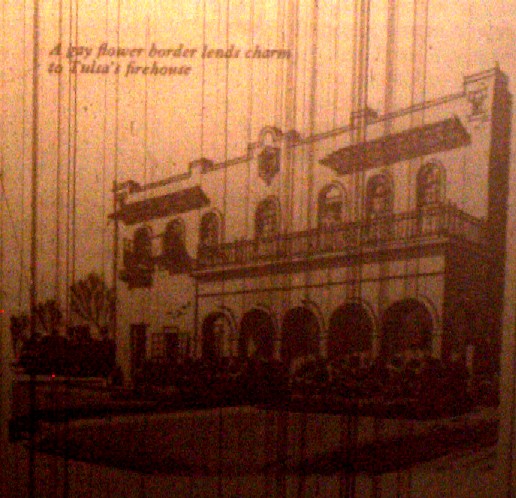
National Municipal Review (May, '57), © 1957 by National Municipal League, Carl H. Pforzheimer Bldg., 47 E. 68 St., New York 21, N. Y.
